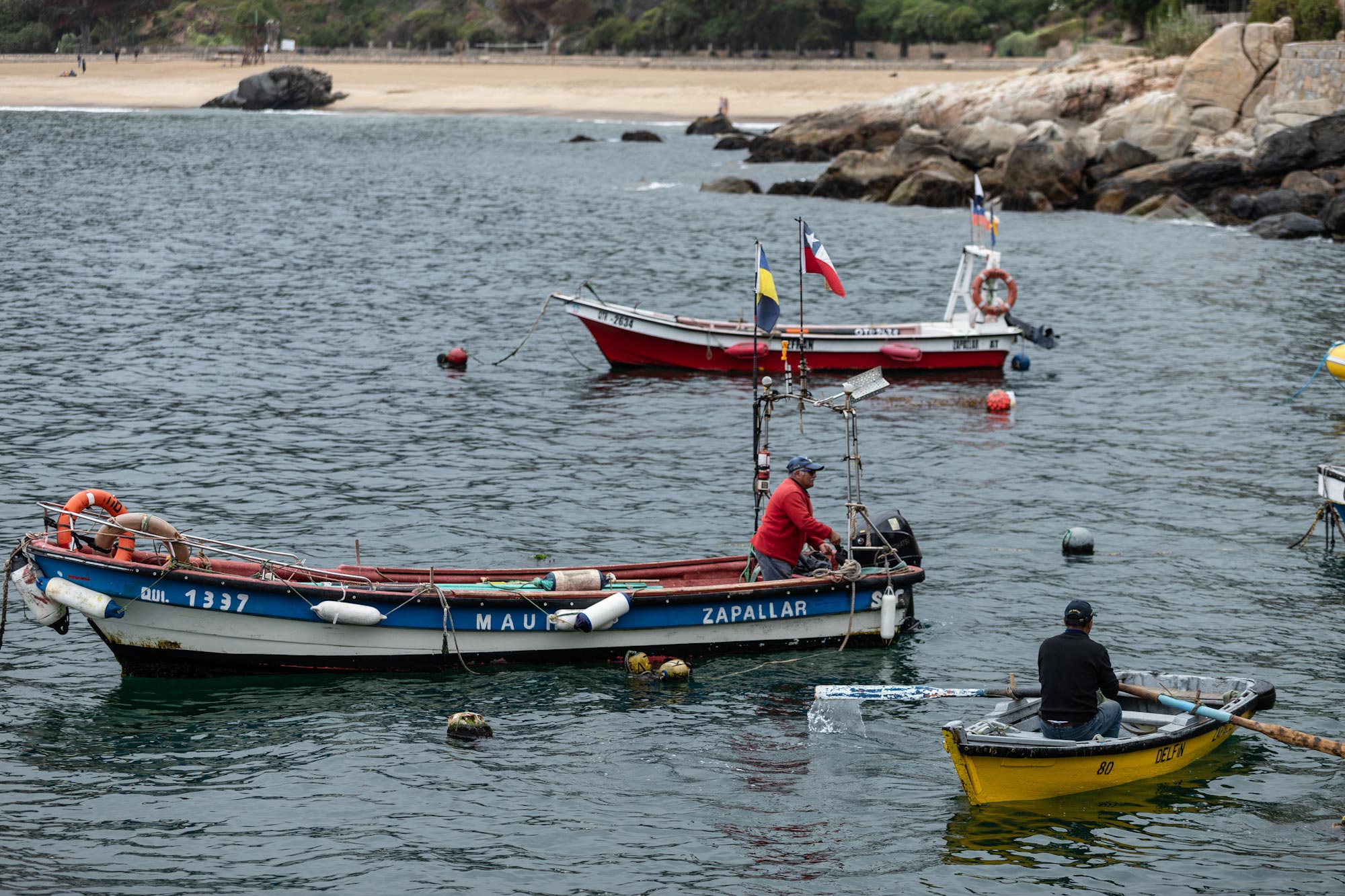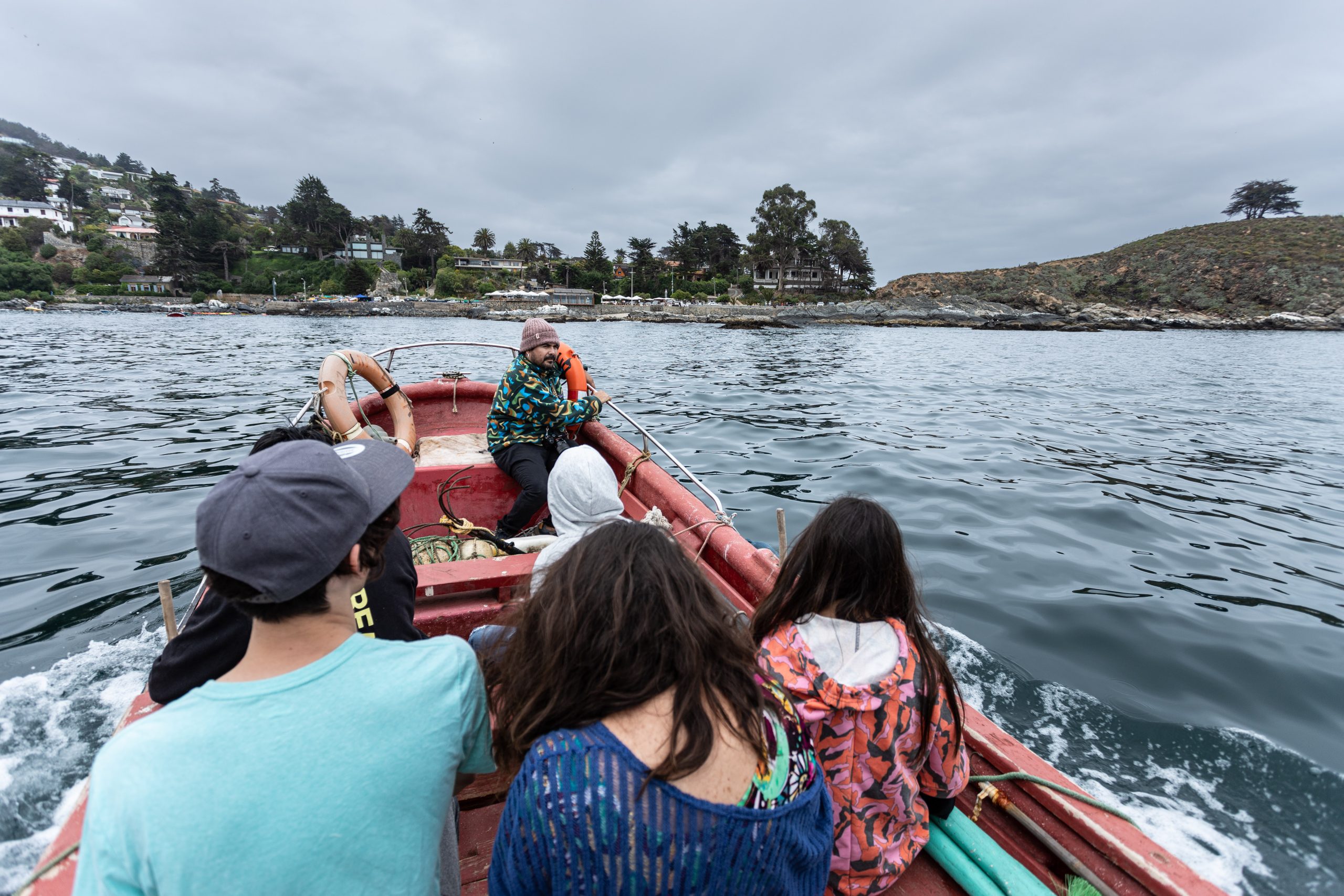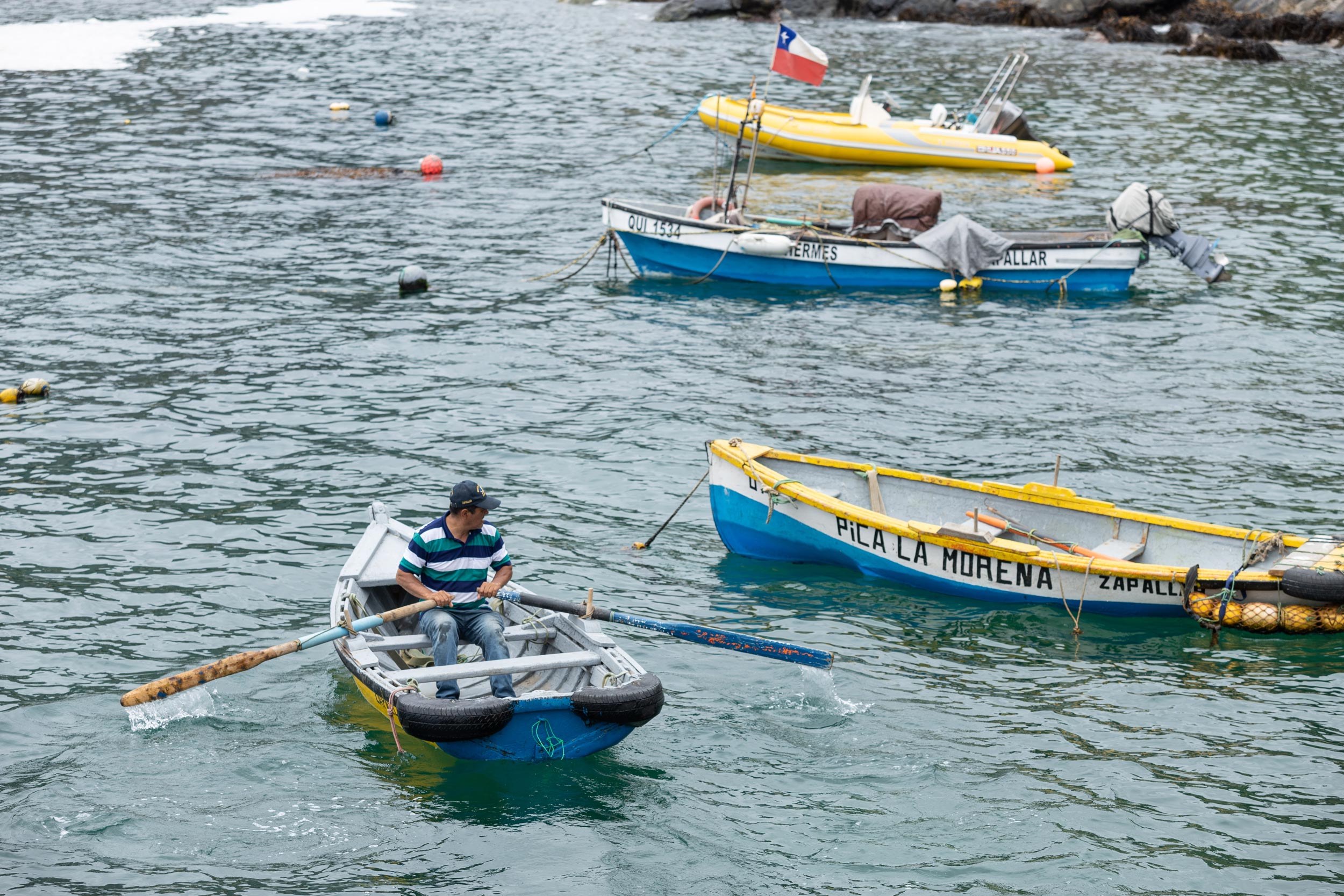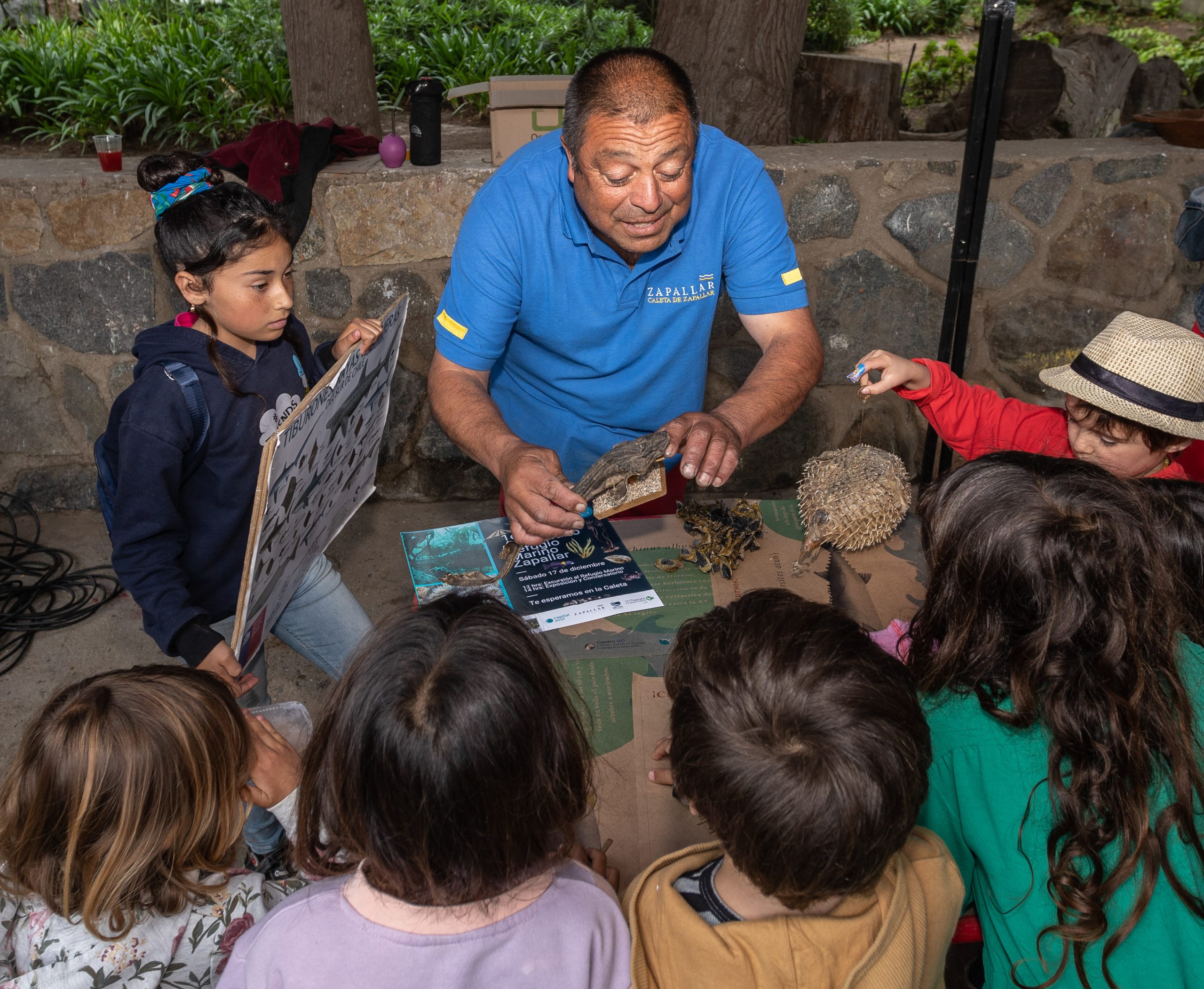With more than 100 thousand kilometers of coastline, equivalent to two and a half laps of the planet around the equator line, Chile has exerted enormous pressure on this area and its resources, which have been overexploited for decades. The abundance and biodiversity that once characterized the central coast of the country today remains treasured only in the memory of the inhabitants of the coastal communities. Their stories are shocking: coastal fish such as the Darwin’s sheephead (in Chile known as Pejeperro) or the Mulatto (Graus nigra in Chile known as Mulata or Vieja), which once proliferated, are now nothing more than a memory. This is part of what some scientists call the sixth mass extinction of species.
But this crisis also represents an opportunity. In December 2021, the Zapallar Artisanal Fishers Union officially inaugurated its TURF-Reserve, an area of 15 hectares where resources cannot be extracted and which is inserted within the Territorial User Rights for Fisheries (TURF or AMERB, as abbreviated in Spanish) administered by the artisanal fishers of this seaside town. It is hoped that spaces like this one will regenerate and flourish again.
With more than 700 TURFs along the Chilean coast, encouraging the creation of TURF-Reserves is a concrete response to the need of conservation and sustainable use of the oceans and their resources, as established in one of the 17 UN Sustainable Development Goals (SDGs). In the midst of a global climate crisis, more than three billion people depend on marine and coastal biodiversity for their livelihoods, so it is urgent to promote this type of collaborative model.
Since 2016, at Capital Azul Foundation we have led an ambitious science-based program to establish TURF-Reserves in alliance with artisanal fishers’ unions. In addition to Zapallar, we have supported the creation of four other TURF-Reserves in the Valparaíso region, in La Ballena, Cachagua, Maitencillo and Ventanas, marking the first steps towards the conformation of a network of TURF-Reserves.
These non-extractive marine areas combine use and conservation in the same system. In this conservation paradigm, it is the fishers themselves who lead the restoration of marine-coastal ecosystems to increase biodiversity and obtain tangible benefits in the productivity of their fisheries. For this purpose, it contemplates elements such as coastal surveillance, biodiversity monitoring and social science research. In this way, communities are responsible for sustainably managing and protecting marine-coastal ecosystems with a vision for their conservation and regeneration, while strengthening their adaptation and resilience in a changing climate scenario.







